Blog
Managing mental health in the digital age: Strategies, support
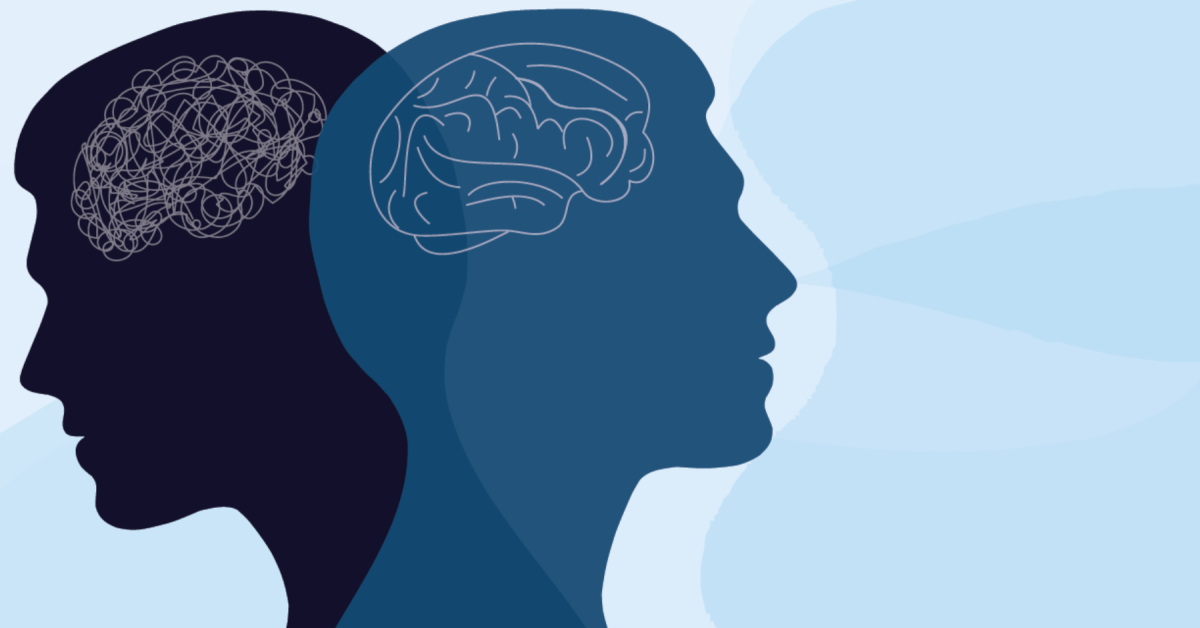
In the modern world, where digital devices and online platforms are integral to daily life, mental health has become a pressing concern. The digital age has revolutionized how we interact, work, and entertain ourselves, but it has also introduced new challenges and pressures that can impact mental well-being.
This article explores the intersection of mental health and technology, offering strategies for coping and finding support in a digitally driven world.
The Impact of Technology on Mental Health
Positive Aspects:
Technology has undeniably brought numerous benefits to mental health care. Online therapy platforms, such as BetterHelp and Talkspace, have made mental health services more accessible, allowing individuals to seek help from the comfort of their homes [1]. Social media can also provide valuable support networks and communities where people with similar experiences can share and connect [2]. Additionally, various mental health apps, like Headspace and Calm, offer tools for mindfulness, meditation, and stress management [3].
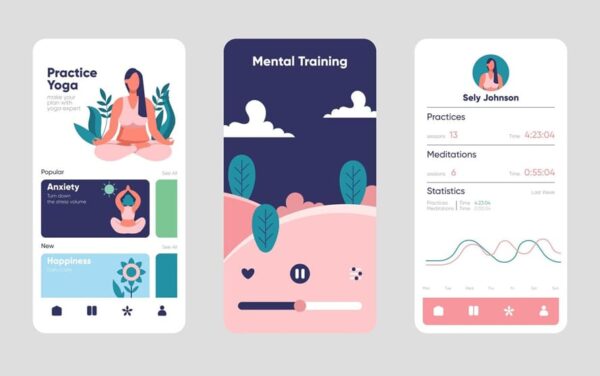
mental health app interface
Negative Aspects:
Despite these benefits, technology also poses several risks to mental health. Increased screen time, often due to prolonged use of smartphones and computers, has been linked to anxiety and stress. The constant barrage of notifications and the pressure to stay connected can contribute to a feeling of being overwhelmed [4]. Social media platforms, while connecting people, can also foster unhealthy comparisons and unrealistic standards, leading to feelings of inadequacy and depression [5]. Furthermore, the phenomenon of cyberbullying, facilitated by anonymous online interactions, can have severe emotional consequences [6].
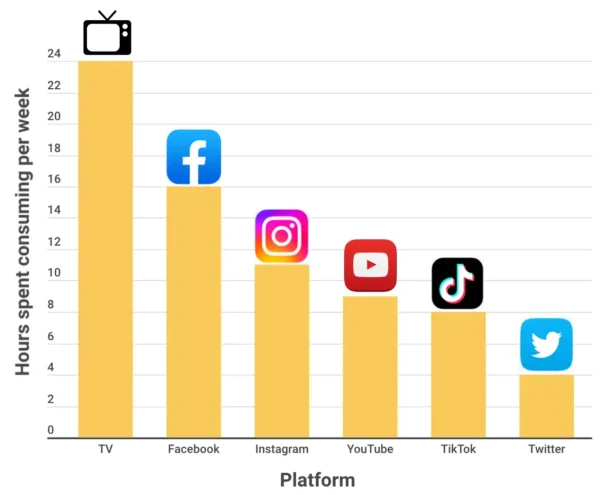
Graph showing the increase in screen time over recent years
Common Mental Health Challenges
Anxiety and Stress:
The digital age has introduced a new form of stress related to constant connectivity. The expectation to be always available and responsive can lead to significant anxiety. Research has shown that excessive screen time is associated with higher levels of anxiety, partly due to continuous exposure to stressful news and information [7]. As Dr. Sherry Turkle, author of Alone Together, notes, “Technology is designed to keep us connected, but it often leaves us feeling more isolated and anxious” [8].

Person looking stressed while using a smartphone
Depression:
Social media’s role in mental health is complex. While it can offer social support, it can also contribute to feelings of isolation and low self-esteem. The tendency to compare oneself to others, particularly when faced with curated and idealized portrayals of others’ lives, can exacerbate depressive symptoms. Studies have linked high social media use with increased feelings of loneliness and depression [9]. As Dr. Jean Twenge, author of iGen, points out, “Social media can create a false sense of connection, leading to real-life disconnection and depression” [10].

Split screen showing a happy social media post vs. a person looking sad
Sleep Disruptions:
Technology can interfere with sleep patterns, leading to a phenomenon known as “sleep hygiene” issues. The blue light emitted by screens can disrupt the body’s natural sleep-wake cycle, making it harder to fall asleep and achieve restful sleep [11]. Poor sleep can, in turn, affect overall mental health, leading to increased irritability, cognitive impairments, and mood disturbances [12].

Illustration of blue light affecting sleep patterns
Coping Strategies
Digital Detox:
One effective way to manage digital-related stress is to practice digital detoxes. Taking regular breaks from screens can help reduce stress and anxiety. Designating specific times for checking emails and social media, and avoiding screens before bedtime, can help mitigate the negative effects of constant connectivity [13].

A person enjoying nature during a digital detox
Mindfulness and Meditation Apps:
Using mindfulness and meditation apps can be a valuable tool for managing stress. Apps like Headspace and Calm provide guided meditation sessions and relaxation exercises that can help users manage anxiety and improve overall mental well-being [14]. Incorporating mindfulness practices into daily routines can foster a sense of calm and presence.
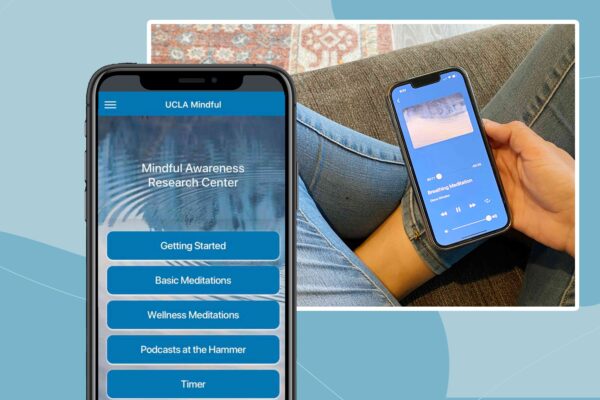
Screenshot of a mindfulness app in use
Setting Boundaries:
Establishing clear boundaries around screen time is crucial for maintaining mental health. This includes setting limits on the amount of time spent on social media, creating tech-free zones at home, and designating specific times for work and personal activities. By setting boundaries, individuals can create a healthier balance between their digital and offline lives [15].
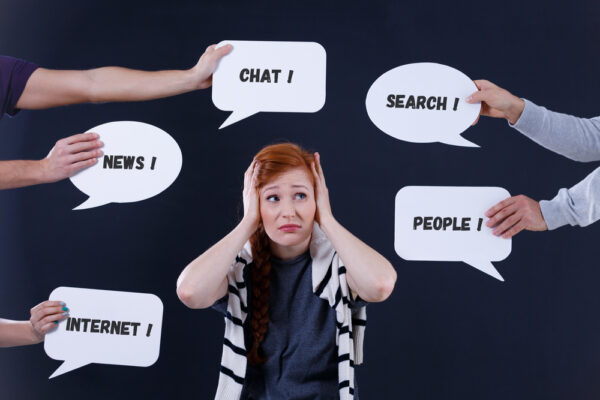
Infographic on setting digital boundaries. Photo credit: shutterstock
Seeking Professional Help:
Online therapy and mental health resources have become increasingly accessible and can provide valuable support. Platforms such as BetterHelp and Talkspace offer virtual counselling services that are convenient and confidential [16]. It’s important for individuals experiencing mental health issues to seek professional help when needed and utilize these resources effectively.

Illustration of an online therapy session
Support Systems
Online Communities:
Online support communities can provide a sense of belonging and understanding. Forums, social media groups, and online support networks offer spaces where individuals can share experiences and seek advice. These communities can be particularly beneficial for those who may not have access to in-person support [17].
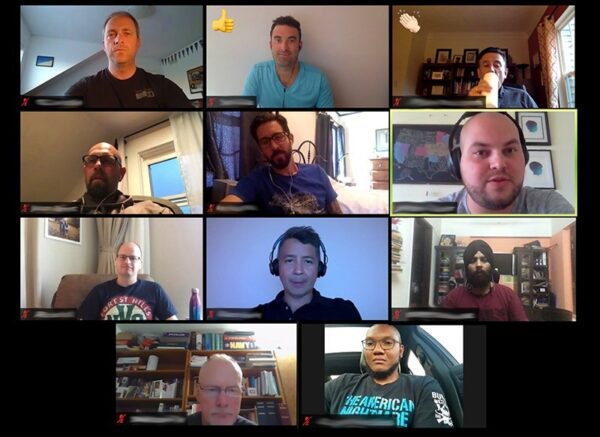
Screenshot of an online mental health support forum
Mental Health Resources:
Various websites and apps provide information and resources on mental health topics. Websites like Mental Health America and the National Alliance on Mental Illness offer educational content, crisis helplines, and tools for managing mental health [18]. These resources can help individuals better understand their mental health needs and find appropriate support.
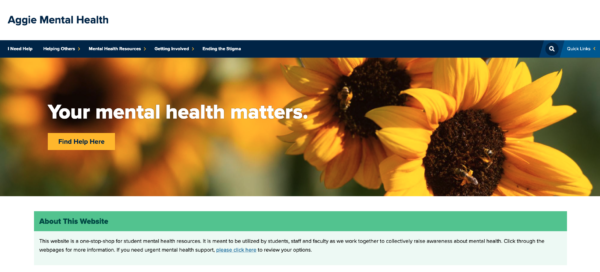
Screenshot of a mental health resource website
Educational Content:
Spreading awareness and education about mental health is crucial in the digital age. Engaging with content that promotes mental health literacy, such as articles, videos, and podcasts, can help individuals recognize the signs of mental health issues and understand how to seek help [19].
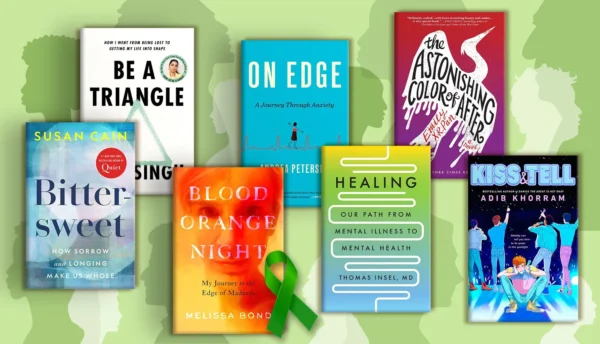
Cover of a popular mental health awareness book or podcast
The digital age has brought both opportunities and challenges for mental health. While technology offers valuable tools and resources for managing mental well-being, it also introduces new stressors and pressures. By implementing coping strategies, setting boundaries, and utilizing available support systems, individuals can navigate the complexities of the digital world and maintain their mental health. As we continue to embrace technological advancements, it is essential to prioritize mental well-being and seek support when needed.
References: https://docs.google.com/document/d/17XT0jlpTnCo23QkGFDEJr9XCu2HnBn7uSkrKOYCAABs/edit?usp=sharing










